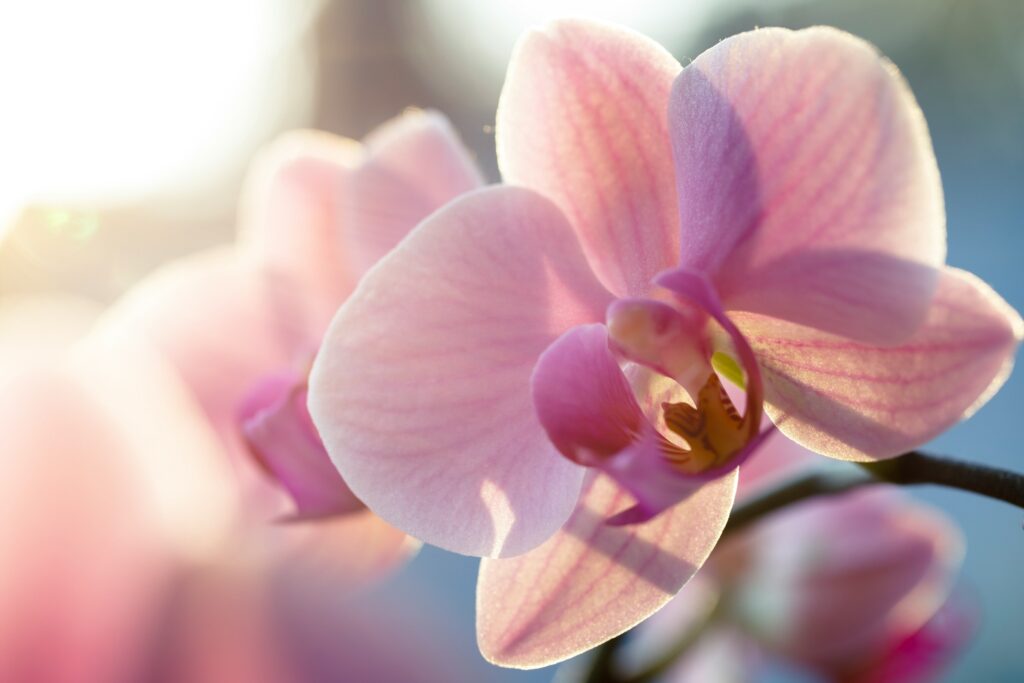Common Mistakes to Avoid When Growing Orchids in Your Garden
Orchids are renowned for their exquisite beauty and unique charm, making them a favorite among gardeners worldwide. While these elegant plants can thrive in various environments, they also require specific care and attention to reach their full potential. Unfortunately, many enthusiasts inadvertently make mistakes that hinder the growth and health of their orchids. In this guide, we’ll explore some of the most common mistakes to avoid when cultivating orchids in your garden, along with practical tips to help you nurture these delicate blooms with success.

Overwatering
One of the most frequent mistakes novice orchid growers make is overwatering their plants. Orchids are epiphytes, meaning they naturally grow on other plants in their native habitats and have adapted to survive with minimal water. Overwatering can lead to root rot and other fungal diseases. Instead, water your orchids sparingly, allowing the potting medium to dry out slightly between waterings. A good rule of thumb is to water your orchids when the top inch of the potting mix feels dry to the touch.
Improper Drainage
Inadequate drainage is another common pitfall when growing orchids. Orchid roots require good airflow to prevent rot, so it’s essential to use a well-draining potting mix specifically formulated for orchids. Avoid using standard potting soil, as it retains too much moisture and can suffocate the roots. Additionally, ensure that your orchid pots have drainage holes to allow excess water to escape freely.
Inadequate Light
Orchids thrive in bright, indirect light, but too much direct sunlight can scorch their delicate leaves. Conversely, insufficient light can result in weak growth and a lack of blooms. Find a balance by placing your orchids in a location where they receive filtered sunlight or dappled shade for several hours each day. East or west-facing windows are often ideal for providing the right amount of light without the risk of sunburn.
Incorrect Temperature and Humidity
Orchids are sensitive to temperature fluctuations and humidity levels. While specific requirements vary depending on the orchid species, most prefer temperatures between 60°F and 80°F during the day and slightly cooler temperatures at night. Additionally, orchids thrive in environments with moderate to high humidity, mimicking their natural habitats in tropical regions. To increase humidity, consider using a humidity tray, a small humidifier, or grouping your orchids together.
Ignoring Air Circulation
Adequate air circulation is crucial for preventing fungal diseases and promoting healthy growth in orchids. Avoid placing your orchids in stagnant or poorly ventilated areas, such as closed terrariums or crowded shelves. Instead, provide ample space between plants to allow air to circulate freely around them. You can also use a small fan set on low to improve air circulation in your growing area.
Skipping Repotting
Orchids should be repotted periodically to refresh their potting medium, prevent overcrowding, and promote healthy root growth. Neglecting to repot your orchids can lead to compacted potting mix, which inhibits drainage and restricts root development. Repot your orchids every one to two years, or when you notice roots growing over the edge of the pot or bursting through the drainage holes.
Overcrowding
While it may be tempting to display multiple orchids together for a stunning floral arrangement, overcrowding can lead to competition for resources and increased risk of disease spread. Give each orchid plenty of space to grow by placing them in separate pots or hanging baskets. This not only allows for better airflow and light penetration but also makes it easier to monitor and care for individual plants.
Ignoring Signs of Stress or Disease
Orchids are excellent indicators of their overall health, and it’s essential to pay attention to any signs of stress or disease. Common indicators of problems include yellowing or drooping leaves, wilting flowers, moldy potting mix, or pest infestations. Address issues promptly by identifying the underlying cause and taking appropriate action, whether it’s adjusting watering habits, repotting, or treating for pests and diseases.
Overfertilizing
While orchids do benefit from occasional fertilization, overdoing it can do more harm than good. Excessive fertilizer can build up in the potting medium, leading to salt accumulation and root burn. Follow the manufacturer’s instructions for diluting and applying fertilizer, and only fertilize your orchids during their active growing season. A balanced orchid fertilizer, such as a 20-20-20 or 10-10-10 formula, applied at half strength every four to six weeks, is generally sufficient to meet their nutritional needs.
Inconsistent Care
Consistency is key when it comes to caring for orchids. Erratic watering, sudden changes in light or temperature, or neglecting routine maintenance tasks can stress your plants and compromise their overall health. Establish a regular care routine based on your orchids’ specific needs, and make adjustments gradually to avoid shocking or stressing them.
By avoiding these common mistakes and implementing proper care practices, you can enjoy healthy, thriving orchids in your garden for years to come. Remember that every orchid is unique, so don’t be afraid to experiment and learn from your experiences as you nurture these captivating plants. With patience, attention to detail, and a little bit of trial and error, you’ll soon become a confident orchid enthusiast.
Common Mistakes to Avoid When Growing Orchids in Your Garden Read More »
